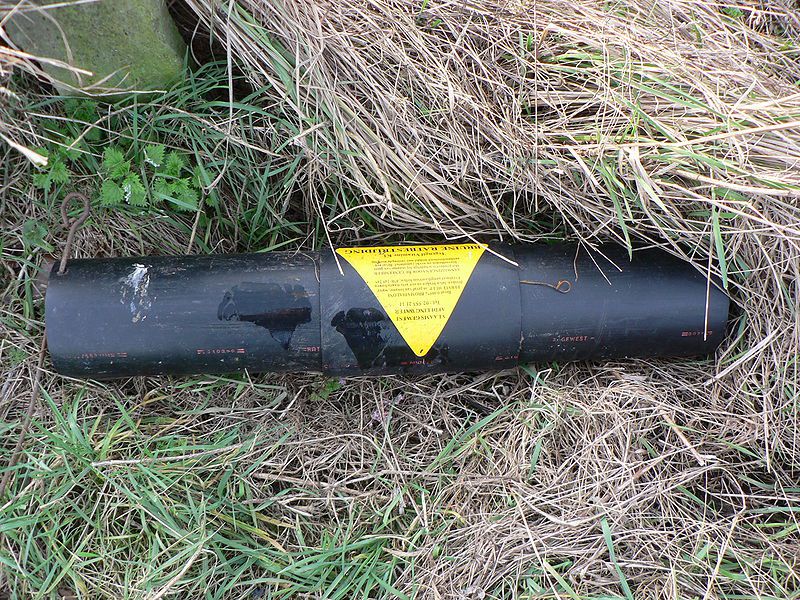-
 Valine
Valine
-
 Stratosphere
Stratosphere
-
 LISA
LISA
-
 VPLS
VPLS
-
 Rod
Rod
-
 Hazardous waste
Hazardous waste
-
 Euphotic zone
Euphotic zone
-
 Faraday cage
Faraday cage
-
 Nucleation
Nucleation
-
 Biotope
Biotope
-
 Alanine
Alanine
-
 Bitherapy
Bitherapy
-
 Mirror
Mirror
-
 Onychomycosis
Onychomycosis
-
 Monounsaturated fatty acid
Monounsaturated fatty acid
-
 Simplex
Simplex
-
 Femur
Femur
-
 Heisenberg equation
Heisenberg equation
-
 Encephalon
Encephalon
-
 Thermodynamics
Thermodynamics
-
 Human plasma albumin
Human plasma albumin
-
 ERMES
ERMES
-
 Sterile neutrino
Sterile neutrino
-
 Tamiflu
Tamiflu
-
 Keplerian motion
Keplerian motion
-
 Scoliosis
Scoliosis
-
 Telomere
Telomere
-
 Kepler's second law
Kepler's second law
-
 Saturn
Saturn
-
 Red blood cell
Red blood cell
Rodenticide
Rodenticides are intended to kill certain rodents considered to be pests (rats, mice or shrews). They can have varying chemical compositions, but most rodenticides belong to two specific chemical families :
- anticoagulants which are antivitamin K (Coumarins, Difenacoum). They counteract the effects of vitamin K, which is involved in blood clotting in all animals. This is an accumulation poison. It must therefore be taken in several doses to be able to work. Rodents die 3 to 10 days after the first ingestion;
- convulsants, which cause muscular spasms followed by a coma and then death (pentetrazole, strychnine). The animal dies quickly. The use of convulsants is criticised as it is not always effective. Animals that witness the death of one of their fellow species in the short time after it eats the poison will no longer touch the bait in the future.
Other active substances are less frequently used in rodenticides :
- cardiotoxins which cause death by cardiac arrest (scilliroside);
- cytotoxins, cellular poisons (zinc phosphate);
- hypercalcemiants , when assimilated cause an increase in the concentration of calcium in the body and the formation of crystals (calciferol, cholecalciferol). They are often used to complement anticoagulants.
 In order to prevent poisoning other animals, rodenticides can be placed in adapted devices, such as the one shown in the photograph. © Alik, Wikipedia common
In order to prevent poisoning other animals, rodenticides can be placed in adapted devices, such as the one shown in the photograph. © Alik, Wikipedia common
Latest
Fill out my online form.



